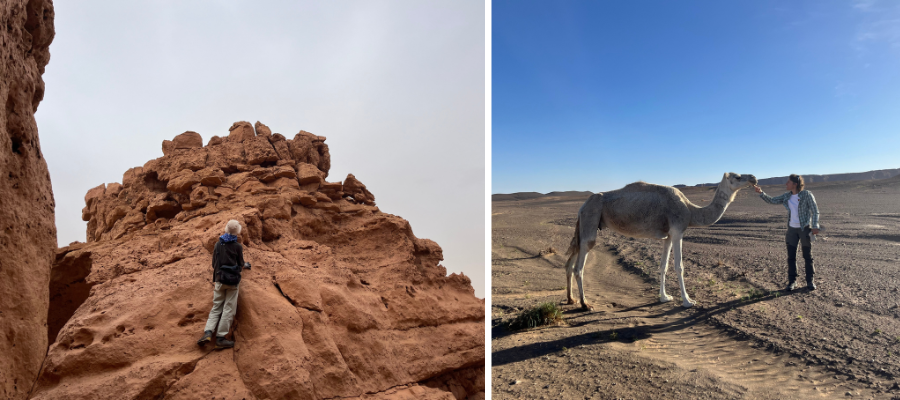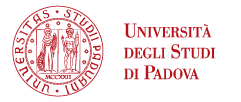Cretaceous Secrets: Geological Adventure in the Moroccan Sahara

In October 2024, the Department of Geosciences of the University of Padua returned to southern Morocco to continue the work begun about a year ago as part of the PRIN 2022 project, TEAMS, TErrestrial And Marginal System in a hot world.
The new stage of the project, led by the University of Florence together with the University of Padua and the CNR of Florence, focused on the marine platform carbonate succession known as the Akrabou Formation, which records the Cretaceous transgression at the Cenomanian-Turonian transition.
This time interval represents the hyperthermic peak as well as the maximum eustatic rise of the Phanerozoic and coincides with one of the most important oceanic anoxic events ever recorded, known as OAE2, during which deep ocean floors recorded significant anoxia peaks identifiable in the stratigraphic record with a positive shift in the carbon cycle.

Already with previous campaigns, by integrating sedimentological data and stable carbon and oxygen isotopes, we have characterized the depositional environments of the Akrabou Formation and reconstructed the δ13C curve that highlights the carbonate platform's response to the anoxic event. In this campaign, we have increased sampling on key intervals of the succession to further detail the interval of interest.
In particular, the isotopic data obtained will be used to correlate the Moroccan sections with each other and to link them to global reference stratigraphic curves for OAE2, allowing us to evaluate how the global climate signal and the geodynamic context influenced depositional environments and related ecosystems.
In the video, interviews with Anna Breda, Associate Professor of the Department of Geosciences of the University of Padua; Camilla Vidi, researcher of the Department of Geosciences of the University of Padua; Gabriele Gambacorta, researcher of the Department of Earth Sciences of the University of Florence; Jacopo Nesi, PhD student of the Department of Earth Sciences of the University of Florence and Guido Roghi, researcher of the Institute of Geosciences and Georesources of the National Counsil Research of Padua.
Shooting by Anna Breda and Camilla Vidi
Editing by Barbara Paknazar






